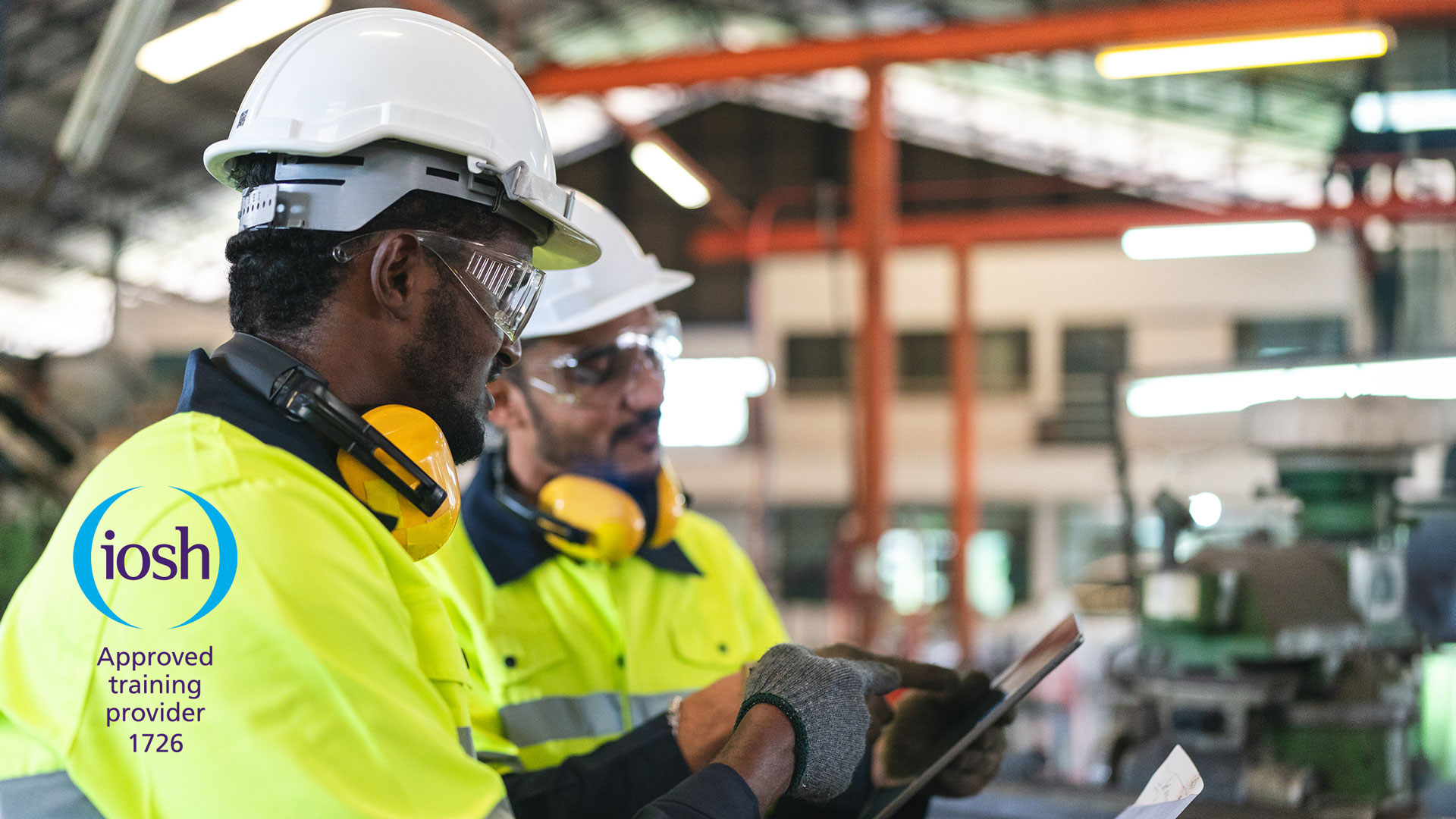PERSONAL DEVELOPMENT
BRIEFING
Health and safety training – the impact on productivity

Published by Kelly Mansfield ,
28 Aug 2024
Health and safety training – the impact on productivity
Health and safety training isn’t just about educating staff to fulfil their legal obligations; it can have a significant impact on staff performance and, as a result, the productivity of an organisation.
Accidents and injuries in the workplace are a major disruption. Outside of the fact that members of your team can be forced to take absences, incidents themselves can stop a productive day in its tracks. With a reduced risk – where employees are sufficiently trained - productivity is allowed to continue unchecked, leading to better profits.
Some of the effects on time an incident can have in the workplace, if staff are untrained, are:
- After an incident occurs, time must be spent investigating what happened, why it happened, and how similar incidents can be prevented in the future.
- In some cases, particularly if the incident involves machinery, equipment, or infrastructure damage, a temporary shutdown of operations may be required.
- If an employee is injured in a health and safety incident, they may need time off work to recover.
- Following a health and safety incident, time and resources may be required to clean up the worksite, remove hazards, and restore operations to normal.
- Health and safety incidents often trigger regulatory obligations that must be addressed promptly.
- Health and safety incidents can have a significant impact on employee morale and engagement.
Proper health and safety training helps prevent workplace accidents, injuries, and illnesses. Fewer incidents mean lower costs related to medical treatment, compensation claims, and lost productivity.
Regular training and open communication channels promote employee awareness and understanding of safety protocols. Employees gain a sense of ownership over workplace safety when they are encouraged to actively participate in identifying and reporting hazards.
Recognising and rewarding safe behaviour helps reinforce the desired culture. Businesses can significantly reduce accidents, improve productivity, and create a workplace where employees feel valued and protected by instilling a collective commitment to safety.
Job satisfaction
When employers invest in health and safety training, it sends a message to employees that their wellbeing is valued and that the organisation is committed to providing a safe work environment. This sense of support and concern for their welfare can increase job satisfaction.
A report from Aviva (2011), The fifth Aviva Health of the Workplace Report, demonstrates that nearly two-thirds of workers said that they would work harder for an employer that invested in their health. Moreover, the same study showed that 42% of the employers say that a good work-life balance helps increase morale and productivity and 63% believe that a healthy workforce is more productive than an unhealthy one.
Workers’ wellbeing and work climate are often cited as two of the most crucial factors that contribute to the success of an organisation.
Health and safety goes hand in hand with increased productivity. When employees feel secure in their work environment, they are better able to focus on their tasks, resulting in higher efficiency levels. Moreover, effective safety measures can reduce the occurrence of accidents and injuries, minimising work interruptions and associated downtime.
Looking after themselves and colleagues
Providing employees with health and safety training empowers them to take ownership of their own wellbeing. They become more vigilant about safety practices, not only for themselves but also for their colleagues.
This sense of responsibility fosters a culture of health and safety within the organisation.
Implementing a comprehensive health and safety management system helps ensure that all employees are aware of their rights and responsibilities when it comes to workplace safety—which helps create a culture where everyone feels comfortable taking initiative without fear of reprisal for speaking up about potential hazards or concerns.
When employees are working in safe conditions they feel secure and better equipped to do their best work without fear of getting hurt on the job.

You might also be interested in
RELATED CONTENT
RELATED COURSES

IOSH Managing Occupational Health and Wellbeing is designed to help managers improve health and wellbeing in their organisation.

The world’s best-known health and safety certificate, designed for managers and supervisors in any sector or organisation.

IOSH Safety for Executives and Directors is designed for those who have operational or strategic accountability for a company.

IOSH Working Safely is a one-day introductory health and safety training course for people at any level, in any sector.

As the Health and Safety at Work Act 1974 celebrates its 50th anniversary, we take a look at the business benefits of health and safety training. In t...

Workers’ wellbeing and work climate are often cited as two of the most crucial factors that contribute to the success of an organisation. When employe...

Health and Safety Executive (HSE) statistics show that each year, over a million workers are injured or made ill by their work in Great Britain. The i...

Most people feel refresher training can be dull and part of a ‘tick box procedure’ that fills them with dread, trying to remember whether they had rec...